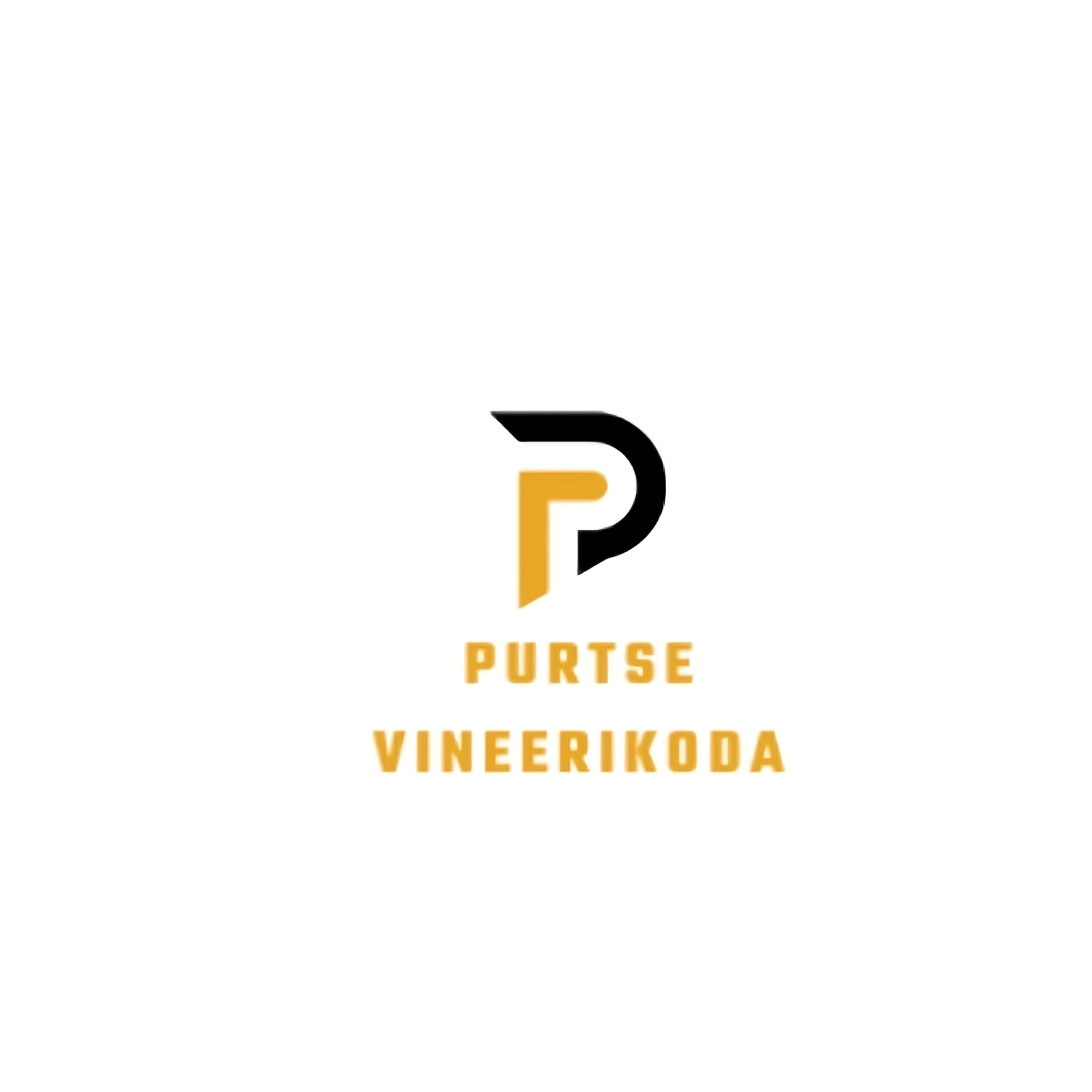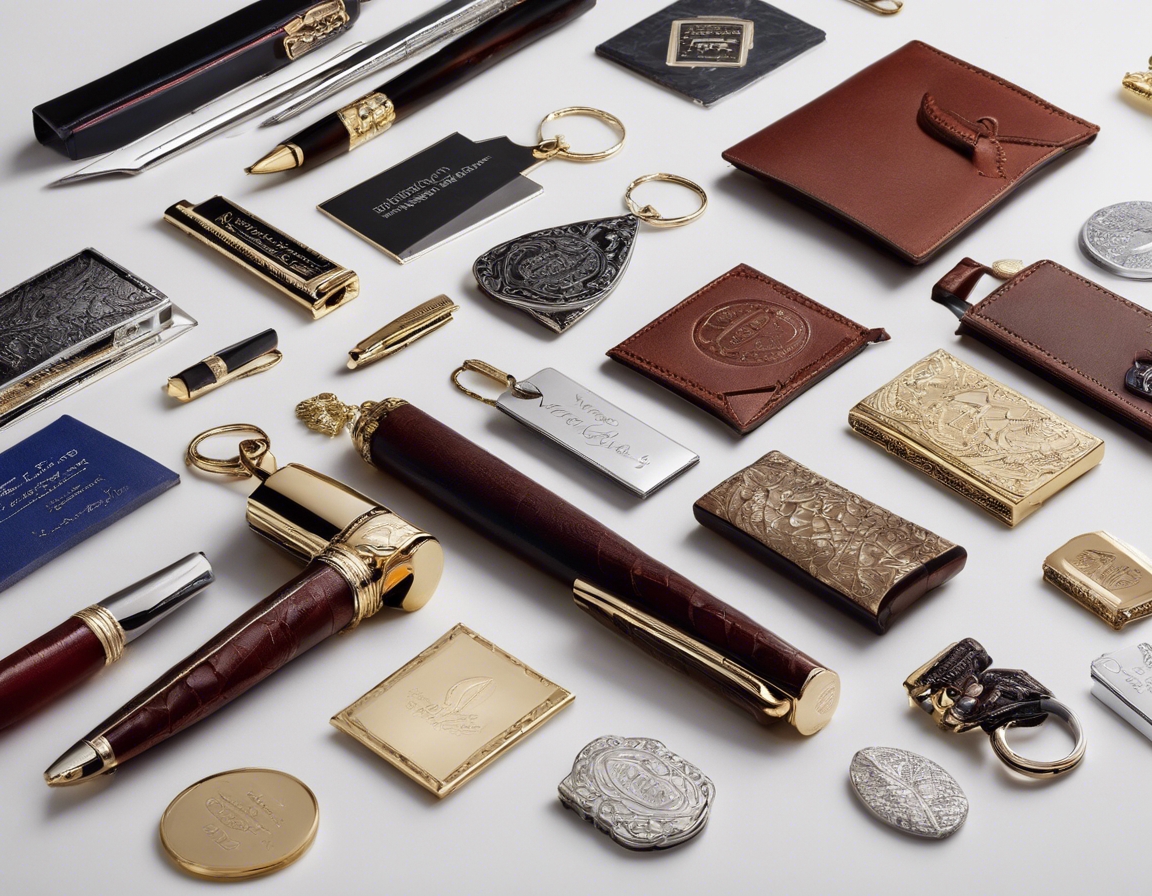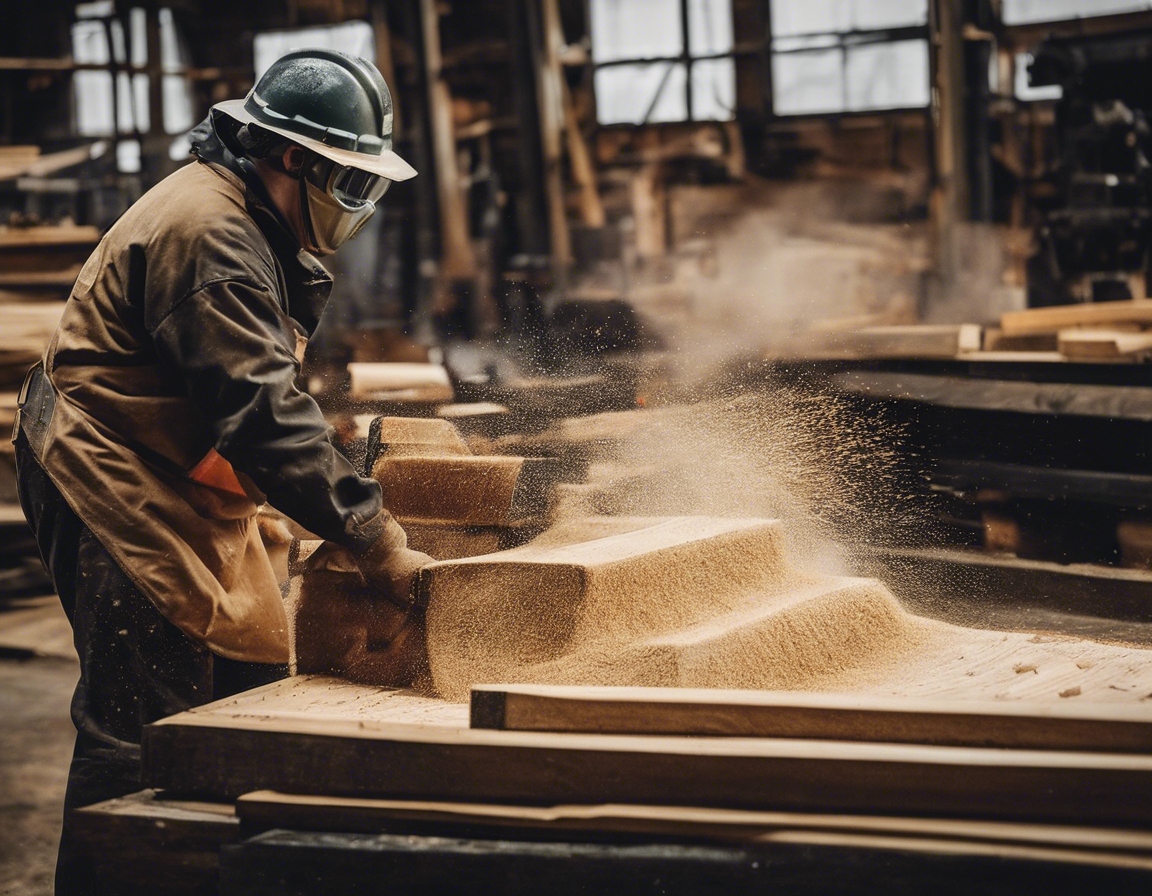The future of acrylic glass in design and architecture
Acrylic glass, also known as polymethyl methacrylate (PMMA), is a transparent thermoplastic often used as a lightweight or shatter-resistant alternative to glass. Known for its clarity, UV resistance, and weatherability, acrylic glass has become a staple in various industries, including design and architecture.
Since its development in the early 20th century, acrylic glass has evolved from a military-grade material to a versatile component in modern design. Its ability to be easily molded and adapted has paved the way for its widespread use.
Current Applications of Acrylic Glass
Designers have embraced acrylic glass for its ability to create sleek, modern aesthetics. Its use in furniture, lighting, and decorative elements showcases its versatility in interior design.
Architects utilize acrylic glass for structural and decorative purposes. From facades to roofing, it provides solutions that traditional materials cannot, due to its lightweight and malleable nature.
Advantages of Acrylic Glass in Design and Architecture
Acrylic glass is renowned for its strength and ability to withstand the elements, making it an ideal choice for long-term architectural applications.
The material's flexibility allows for innovative shapes and forms in design, offering architects and designers creative freedom.
With its high light transmission rates, acrylic glass enhances natural lighting and contributes to the aesthetic appeal of structures.
Environmental Impact and Sustainability
Acrylic glass is recyclable, reducing its environmental footprint and appealing to eco-conscious businesses and consumers.
The production of acrylic glass is more energy-efficient than traditional glass, and its insulating properties can contribute to reduced energy costs in buildings.
Technological Advancements Affecting Acrylic Glass Use
Advancements in digital fabrication and precision milling have enhanced the capabilities of acrylic glass in design and architecture, allowing for precise and intricate customizations.
Emerging technologies, such as smart glazing, are set to revolutionize the use of acrylic glass by adding functionality like electrochromism and integrated lighting.
The Role of Custom Milling and Engraving Services
Custom milling and engraving services are essential for achieving the high level of detail and customization demanded in modern acrylic glass applications.
With a focus on precision and craftsmanship, PURTSE VINEERIKODA OÜ offers unparalleled milling and engraving services for acrylic glass, ensuring that each project meets the highest standards of quality and innovation.






Comments (0)